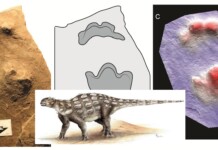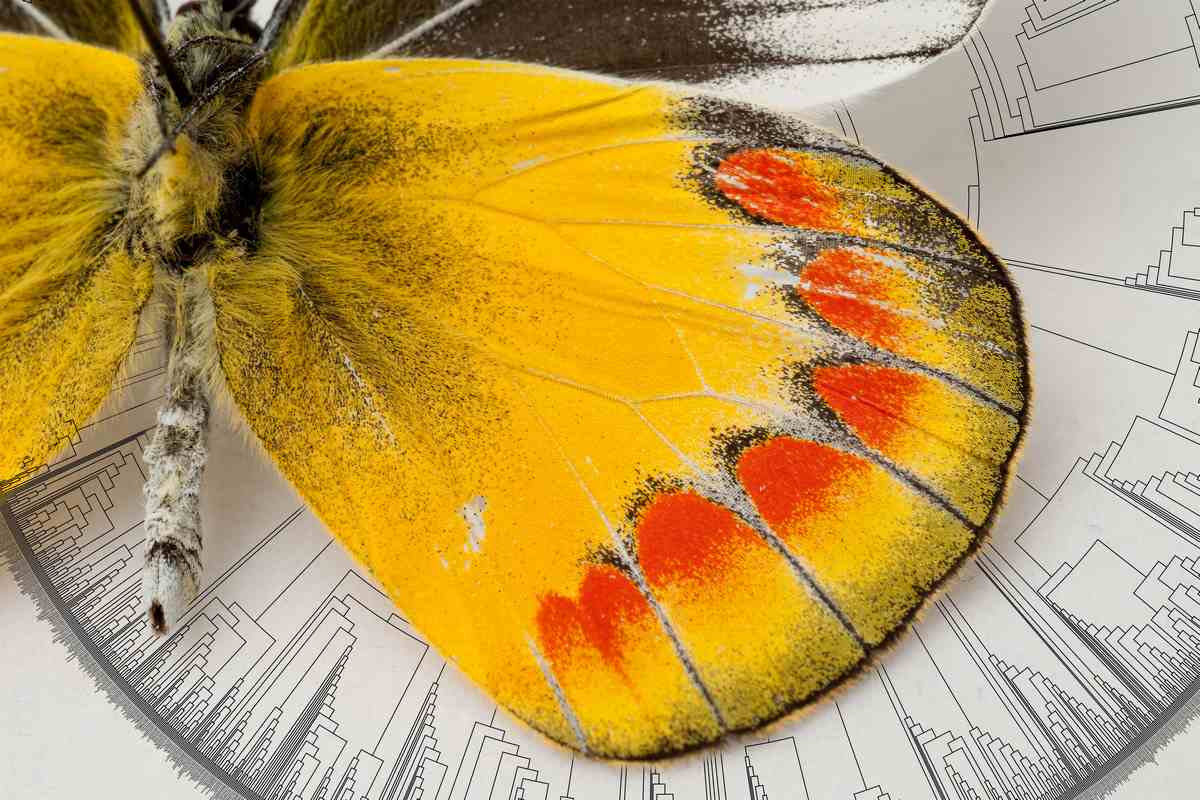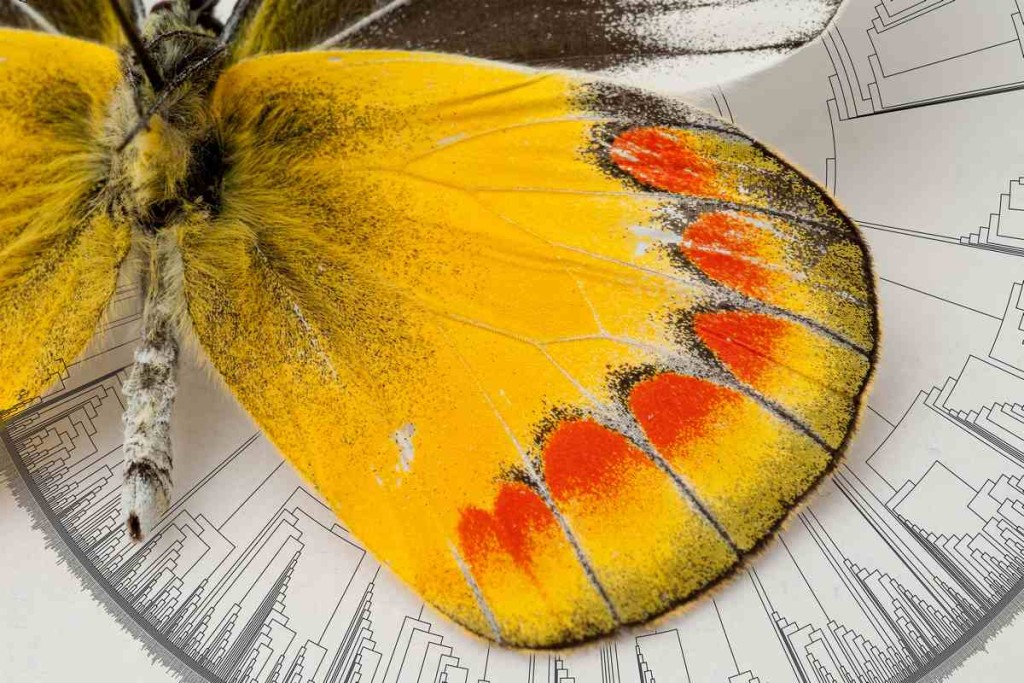
Scientists completed a vast evolutionary jigsaw puzzle in 4D—and they discovered that butterflies originated in America around 100 million years ago.
They determined that it was a group of “trendsetting” moths that started flying during the day rather than at night, taking advantage of nectar-rich flowers that had co-evolved with bees.
That single event led to the evolution of all butterflies, and now scientists have discovered where they first originated and which plants they relied on for food.
Researchers have known the precise timing of the event since 2019, when a major analysis of DNA discounted an earlier theory that pressure from bats prompted the evolution of butterflies following the extinction of dinosaurs.
Before reaching their conclusions, researchers from several countries had to create the world’s largest butterfly tree of life, assembled with DNA from more than 2,000 species representing all butterfly families.
Using the framework as a guide, the team traced the movements and feeding habits of butterflies over time in a four-dimensional puzzle that led back to North and Central America.
“It’s something I’ve wanted to do since visiting the American Museum of Natural History when I was a kid and seeing a picture of a butterfly phylogeny taped to a curator’s door,” lead author Doctor Akito Kawahara, curator of Lepidoptera at the Florida Museum of Natural History. “This was a childhood dream of mine.”
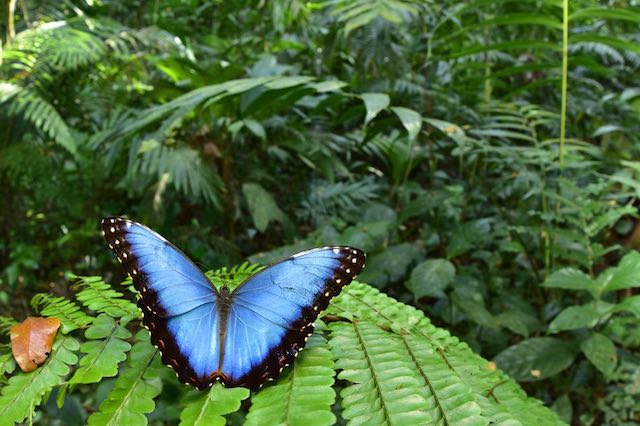
“It’s also the most difficult study I’ve ever been a part of, and it took a massive effort from people all over the world to complete.”
There are more than 19,000 butterfly species, and piecing together the 100 million-year history of the group required data about their modern distributions and host plants.
Before the study, there was no single place that researchers could go to access that type of data. To wit, many of the sources were books written by local experts, and not always in the same language.
“In many cases, the information we needed existed in field guides that hadn’t been digitized and were written in various languages.”
The team decided to make their own publicly available database by painstakingly translating and transferring the contents of books, museum collections, and isolated web pages into a single digital repository.
Underlying all the data were 11 rare butterfly fossils, without which the analysis would not have been possible.
Unlike other insects, butterflies are rarely preserved in the fossil record due to their paper-thin wings and threadlike, gossamer hairs.
The few that are can be used as calibration points on genetic trees, allowing researchers to record the timing of key evolutionary events.
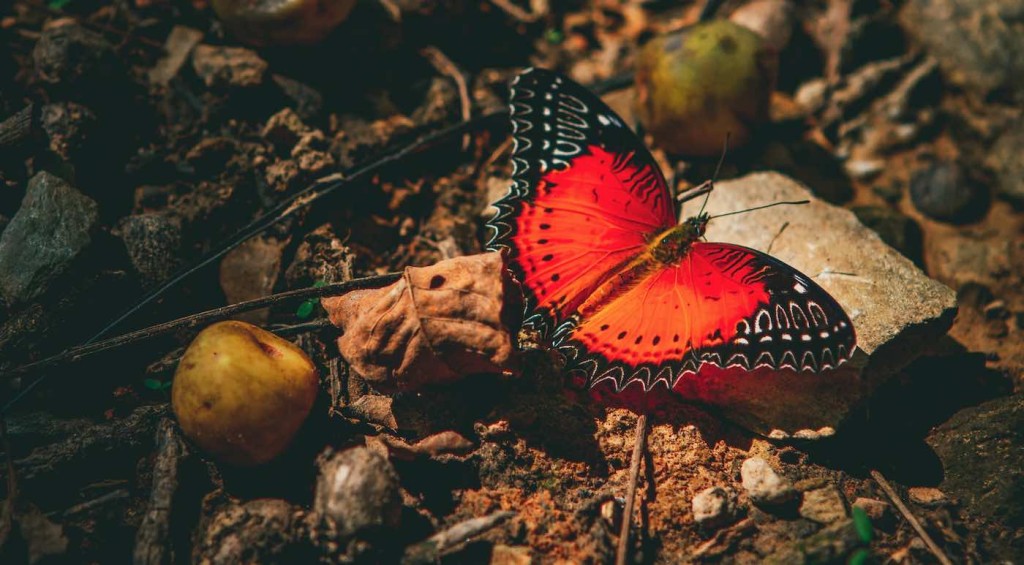
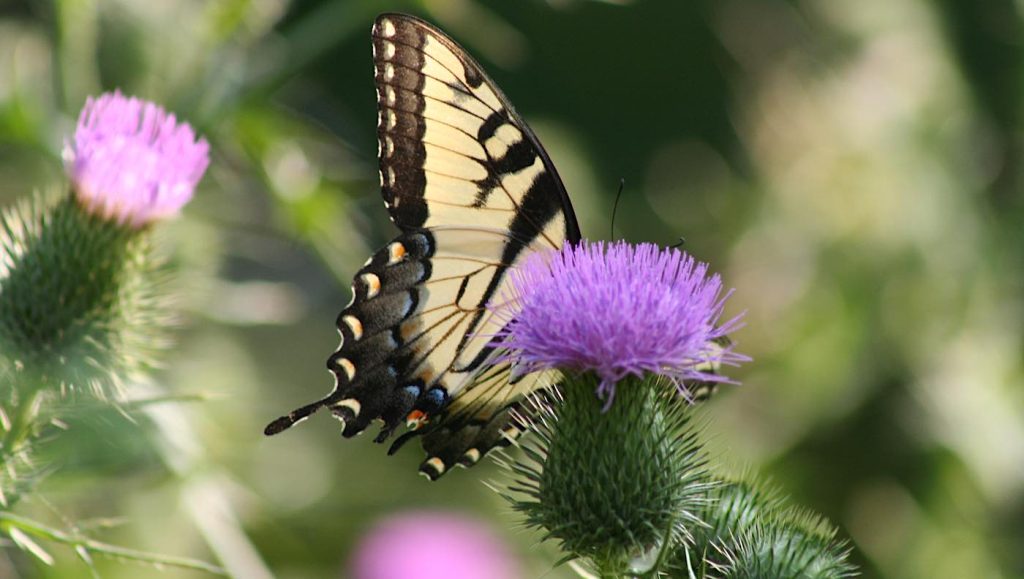
The results show that some groups traveled over vast distances while others seem to have stayed in one place, remaining stationary while continents, mountains, and rivers moved around them.
Dr. Kawahara says butterflies first appeared somewhere in Central and western North America when North America was bisected by an expansive seaway that split the continent in two, while present-day Mexico was joined in a long arc with the United States, Canada, and Russia.
MORE BUTTERFLY NEWS: Efforts to Save Endangered Blue Butterfly Quadruples its Population–but Also Saves a Lupine from Extinction
North and South America hadn’t yet joined via the Isthmus of Panama, but butterflies had little difficulty crossing the strait between them.
“Despite the relatively close proximity of South America to Africa, butterflies took the long way around, moving into Asia across the Bering Land Bridge,” said Dr. Kawahara. “From there, they quickly covered ground, radiating into South East Asia, the Middle East, and the Horn of Africa.”
“They even made it to India, which was then an isolated island, separated by miles of open sea on all sides. Even more astonishing was their arrival in Australia, which remained sutured to Antarctica, the last combined remnant of the supercontinent Pangaea.”
Farther north, butterflies lingered on the edge of western Asia for potentially up to 45 million years before finally migrating into Europe.
“Europe doesn’t have many butterfly species compared to other parts of the world, and the ones it does have can often be found elsewhere. Many butterflies in Europe are also found in Siberia and Asia, for example.”
MORE LIFE SCIENCES: Breeding Corals for the Great Barrier Reef Achieves First Out-of-Season Spawning Event Ever
By the time dinosaurs disappeared 66 million years ago, nearly all modern butterfly families had arrived on the scene, and each one seems to have had a special affinity for a specific group of plants. But there was one plant that stood out among them all.
“We looked at this association over an evolutionary timescale, and in pretty much every family of butterflies, bean plants came out to be the ancestral hosts. This was true in the ancestor of all butterflies as well.”
Bean plants have since increased their roster of pollinators to include bees, flies, hummingbirds, and mammals, while butterflies have similarly expanded their palate.
MORE ENTOMOLOGY: Smithsonian Says These Moths Are So Gorgeous, They Put Butterflies to Shame: It’s National Moth Week
Study co-author Professor Pamela Soltis, a Florida Museum curator, says the botanical partnerships that butterflies forged helped transform them from minor offshoots of moths to what is today one of the world’s largest groups of insects.
“The evolution of butterflies and flowering plants has been inexorably intertwined since the origin of the former, and the close relationship between them has resulted in remarkable diversification events in both lineages,” she said.
Written by Stephen Beech, SWNS news service
SHARE This Evolutionary Tell-All Study From These Brilliant Entomologists





